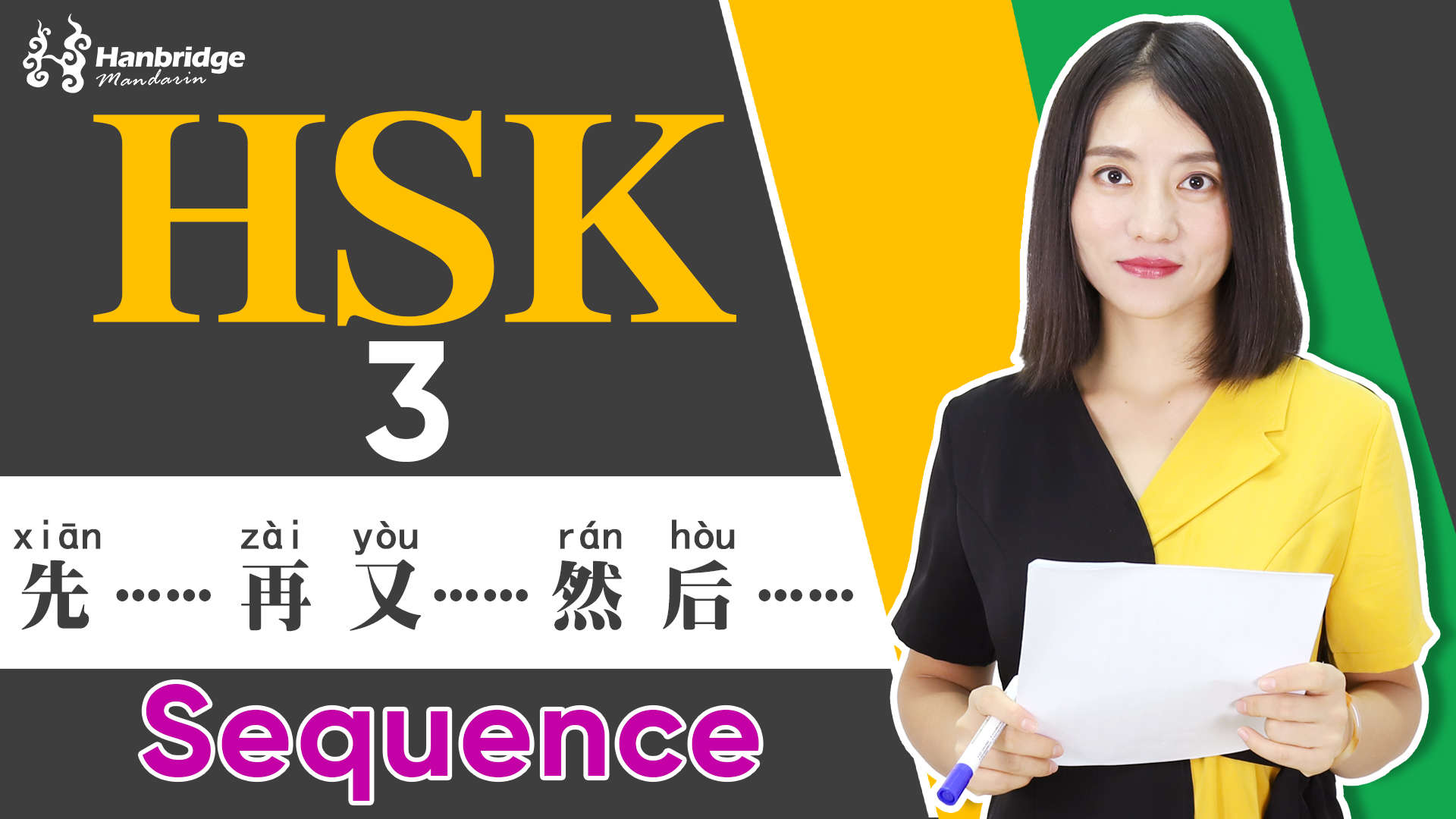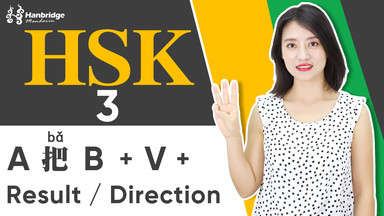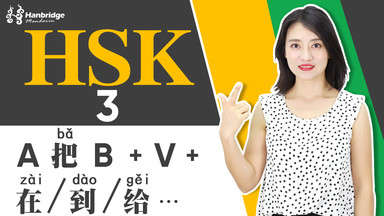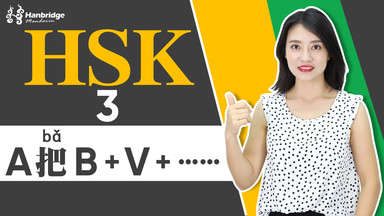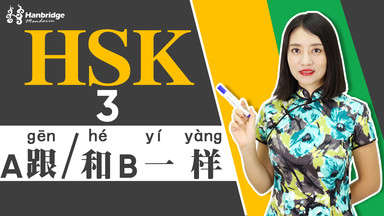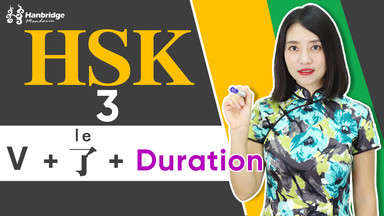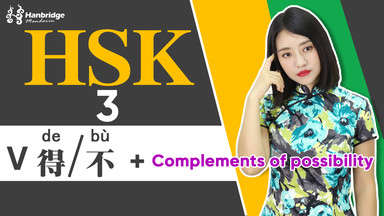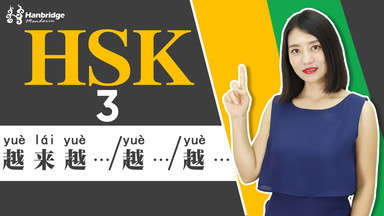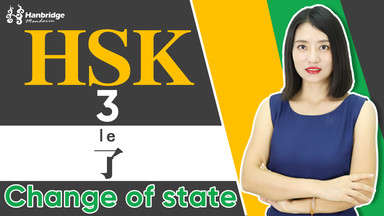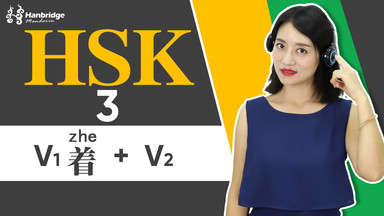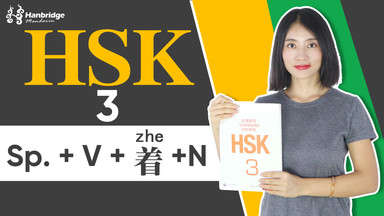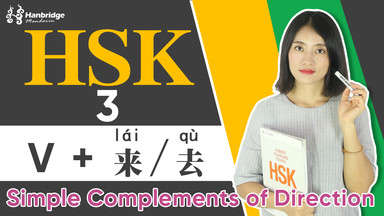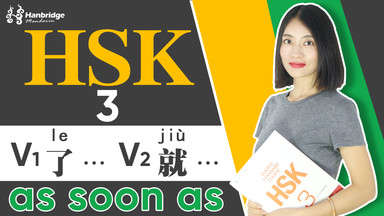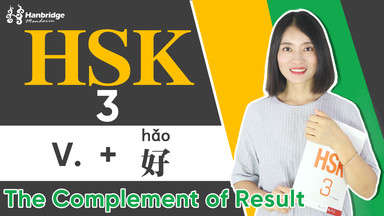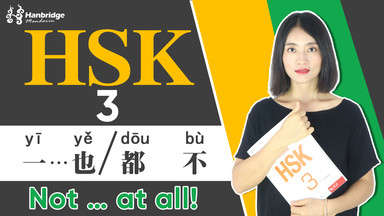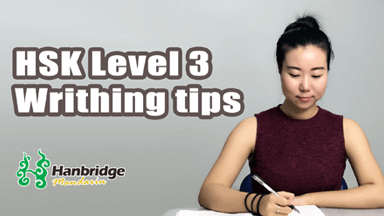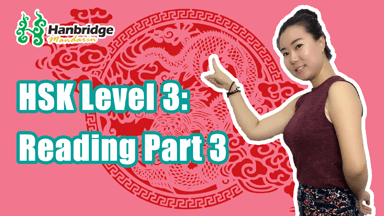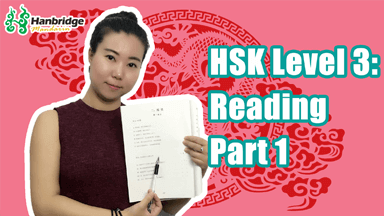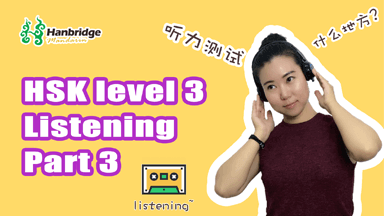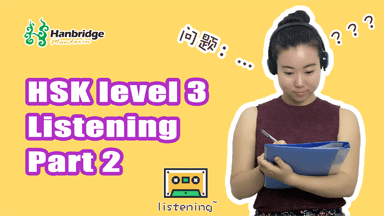HSK 3 Sentence Structure 9
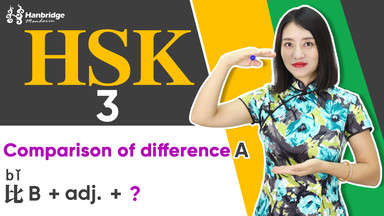

Teacher: Vikki Lv Experience: 4 years
HSK 3 Sentence Structure 9
Teacher : Vikki Lv
你好!我是汉桥的老师,欢迎大家和我们一起学习HSK3. Last time we learned how to compare two things with 一样and 不一样。In Chinese the word for “to compare” is 比, 在HSK2,我们学习了A 比B+ adj. 这个结构 which to indicates the difference between two things after comparison.
Today we will introduce a few words that within this structure indicate the degree of difference after comparison. A比B+ adj. + ? 我们开始吧。
得多and多了are often used after this structure to indicate a big difference.
例如:
他的车比我的车贵得多。
中国的中国菜比美国的好吃多了。
得多 and 多了 are exchangeable in this usage.
When we add一点儿and 一些 after the adj. in the comparative sentence, it indicates a slight difference.
例如:
我觉得咖啡比茶好喝一点儿。
我们的房间比孩子的大一些。
The negative form of this structure is A没有B (这么/那么) + adj.
例如:
看书没有看电影有意思。
夏天去北方的城市旅游没有冬天去那么好玩儿。
学法语没有学中文这么难。
我们一起看一下以前的考试题:
他可能比你低一点儿。-H31003
新买的这个空调比以前那个旧的好多了,它的声音非常小,几乎没有声音,不会影响我们的学习和休息。-H31004
跟以前比,我现在的普通话讲得好多了。-H31005
好了,你学会了吗?来做一下练习吧:
他跟他哥哥长得很像,但是他个子比哥哥(/)。
今天的作业特别多, 所以我做得比平时(/)。
深圳的冬天比北京的(/)。
你喜欢和我们一起学习吗?If you find it useful, please subscribe and stay tuned.我们下次见!

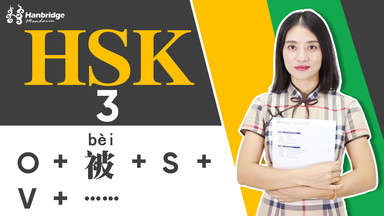

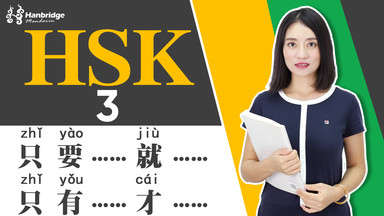


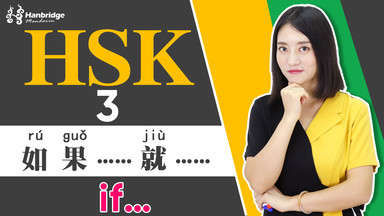
.jpg)
